The State of Employee Engagement 2023
20 min
We'll send you an email with a link to read the content later.





A great employee experience is key to improving your ability to attract, engage, retain and develop your employees. But you can only achieve this with an effective employee experience strategy. It enables you to deliver a great experience at each stage of the employee life cycle.
An employee experience strategy is a powerful tool for improving your business’s overall performance and increasing profitability by 22%. Building an effective strategy that adds value takes time and sometimes even a mindset change. Read on to learn more about employee experience strategies, how you can build and implement one and why they are important for your business.
An employee experience strategy is a detailed plan that businesses can use to improve their workforce’s feelings about their roles in the company. Employers frequently use these strategies to understand and address employees’ needs, motivations and preferences to help increase job satisfaction and productivity. Companies can use experience strategies to create more effective hiring processes and positive work environments.
Employees are a company’s most important investment. But finding and keeping them is a challenging task. Only 13% of employees feel satisfied with their experience at work, while over 44% are looking for a new job. Delivering a positive employee experience is so important to the long-term success of a business and essential for businesses wanting to recruit and retain talented people.
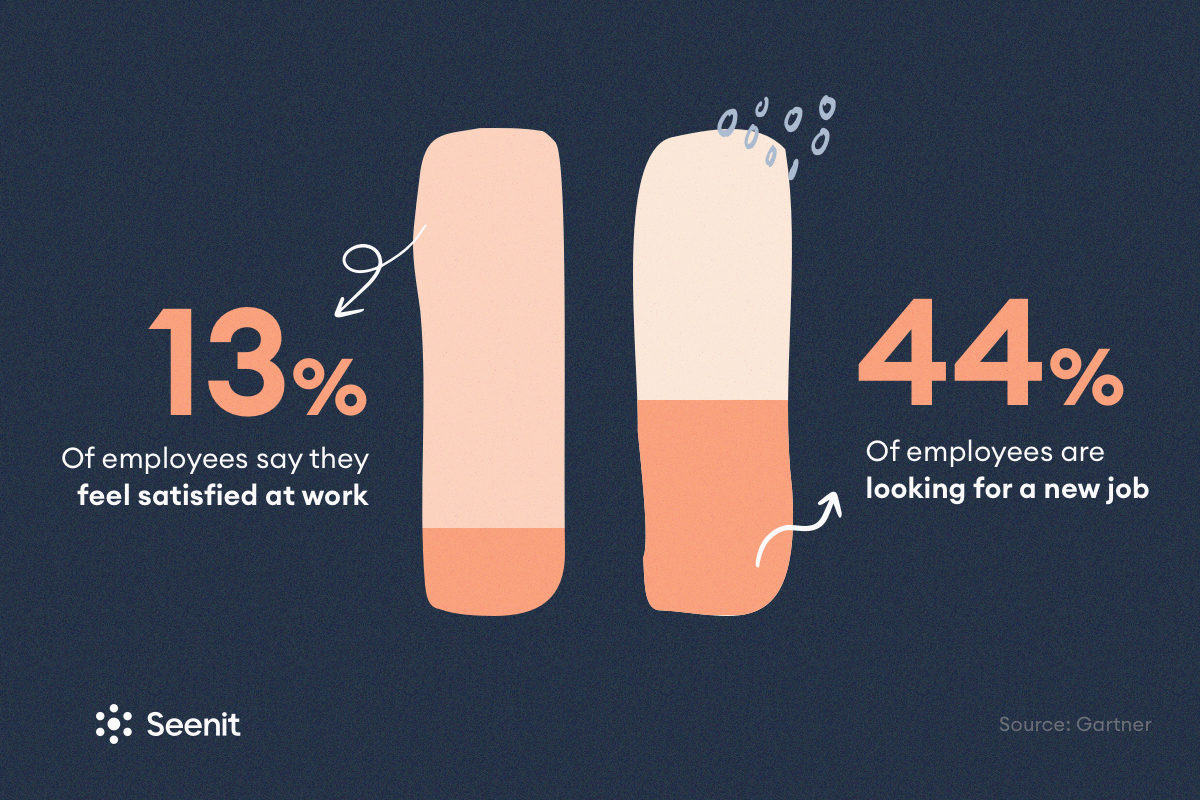
An employee experience strategy covers every interaction an employee has within the organisation and can include their interactions with colleagues, cultural experiences and experiences working with technology. Businesses use them to improve employee retention, job satisfaction, engagement and productivity while aligning employees’ experiences with the company’s brand, purpose and culture.
Employee experience has become a top priority for businesses that want to set themselves apart. It’s now the main driver of employee engagement and, as a result, customer satisfaction. Investing in a positive employee experience is essential to building an engaged workforce who are productive and want to stay with you. Since the COVID-19 pandemic, employee priorities have shifted considerably and there’s an increased importance placed on how companies can develop and support a more sustainable work-life balance. With employee priorities changing, what makes a great employee experience must also change and consider:
As employees often want different things from their employer, companies must ensure that their employee experience strategy considers the entire workforce and is positive for everyone. Employee experience strategies are designed to listen to employees, gather employee insights and implement changes that can result in companies:
We’ll deliver our latest content straight to your inbox
The employee experience refers to everything an employee does, learns, sees and feels at each stage of the life cycle and consists of five key phases, including recruitment, onboarding, development, retention and exit/offboarding.
The recruitment stage of the employee journey encompasses everything that goes into hiring a new employee, including how much it costs to hire, how long it takes to recruit, the rate of offer acceptance and the suitability and quality of the new hire. It includes all the elements of the candidate experience, from whether the job ads were attractive and clear enough to how well the interview process engaged candidates.
Onboarding is a crucial stage for employees where they should be welcomed and helped to settle into their new roles. An effective onboarding process is necessary to advance the person’s initial enthusiasm for the job to a meaningful, long-term connection and commitment to the brand. Companies that deliver a positive onboarding experience are more likely to retain new hires for longer than those that don’t.
Employee development is an ongoing stage in an employee’s experience with the company. As a person progresses within their role, they should have the opportunity to expand their knowledge and skills to thrive and progress within the company.
Now that the employee is fully integrated into the company, the focus should now be on ensuring they continue to perform and contribute to the company’s success while also ensuring they feel happy, engaged and inspired. Doing everything to retain existing employees makes financial sense, as recruiting, onboarding, training and developing a replacement will increase costs.
While employees leave for various reasons, an exit interview provides a valuable opportunity to understand their reasons for leaving and learn how you can improve the employee experience for existing and future staff.
Employee experience is ultimately about creating great personalised experiences that relate to every employee as an individual. However, this can be challenging, especially for organisations with large workforces and those that face continuous change. But by embracing a growth mindset and being prepared to evolve and adapt, you can build a compelling employee experience strategy for your workforce.
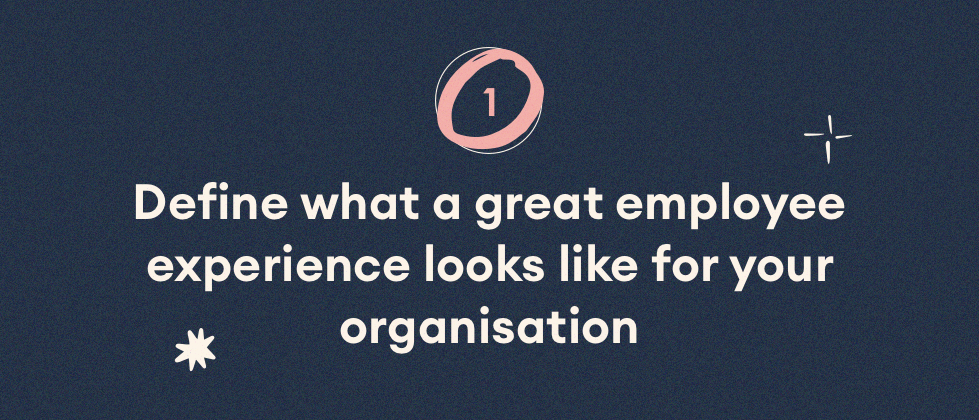
Every company is unique; therefore, there isn’t a one-size-fits-all employee experience strategy that will suit everyone. Therefore, you must understand your organisation’s unique issues before developing an effective strategy. Review these three following employee experience areas:
Once you know what makes your organisation tick and what your current employee experience looks and feels like, you can define what you want it to be. This will be the goal that your employee experience strategy is working towards.
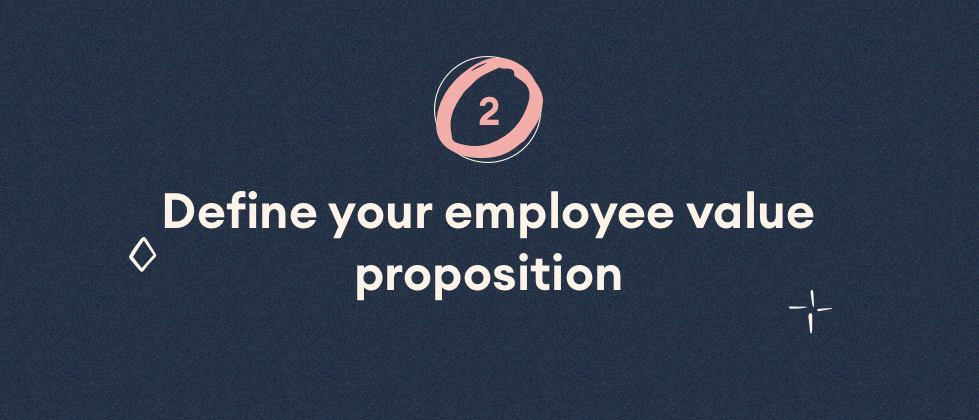
Your employee value proposition should include everything your employees need to boost their engagement and enable them to achieve their full potential at work. This encompasses available support, training and development, how employees are recognised, and the company’s values and culture. A strong employee value proposition is crucial in improving employee engagement and, in turn, employee experience is a valuable tool in attracting and retaining top talent.
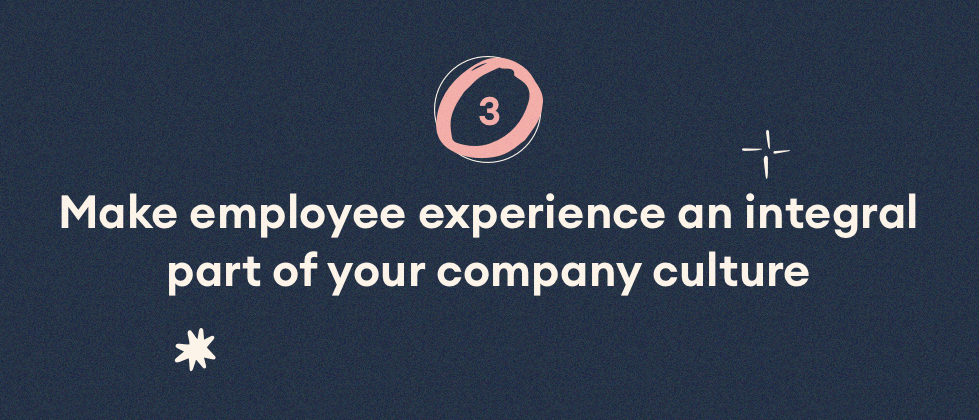
For an organisation to be successful, it needs to have a human-centric approach built into its culture and company values. Putting people at the organisation’s centre and valuing them as its most important asset is crucial for building and implementing a successful employee experience strategy.
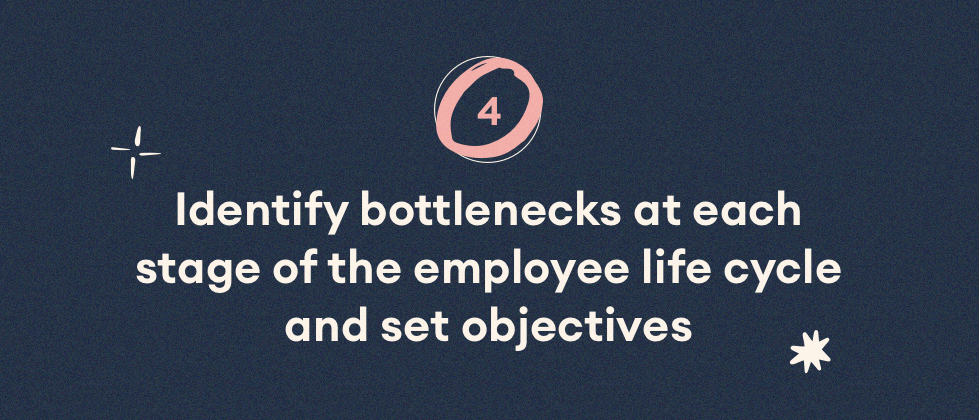
Most organisations will encounter certain bottlenecks across the employee life cycle, creating challenges when building an employee experience strategy. While this will vary depending on the organisation, these challenges may include insufficient employee feedback, lack of management support, siloed HR teams and outdated technology. Once you’ve identified these potential bottlenecks, you can set objectives to ensure your employee experience strategy succeeds.
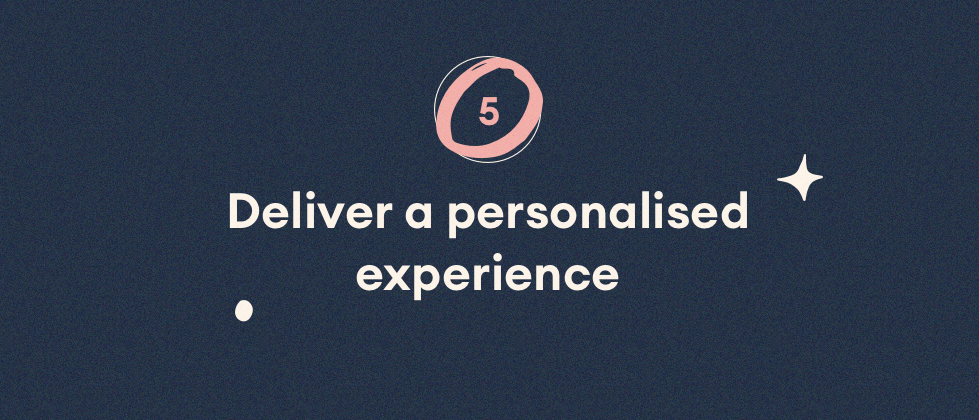
Employees increasingly want a personalised employee experience that’s meaningful to them. Use the employee experience strategy to embed personalisation at each stage of the employee experience and touch point. For example:
To deliver a personalised employee experience, you must define your different employee personas. You can do this by engaging staff across different departments, seniority levels, ages and cultures and finding out what motivates them and drives them to do their best.

Employee experience isn’t something that a company can only address once and then forget about. It’s a continuous process that is constantly evolving to reflect the needs of employees and the organisation. Tracking employee engagement over time, especially during significant organisational change, will give you a good picture. You can do this by conducting monthly, quarterly and annual employee engagement surveys and using the following strategies:
However, you choose to gauge employee feedback, communicating the results to staff and acting on the insights you’ve acquired will have a powerful impact on employees’ perception of the company and the overall employee experience.
A great employee experience starts with a strong employee experience strategy. Spending time understanding the needs of your employees, listening to their feedback and enhancing each stage of their employee journey is key to running a successful and profitable company.
Transform your talent attraction and employee engagement with Seenit, the AI-enhanced employee-generated content platform